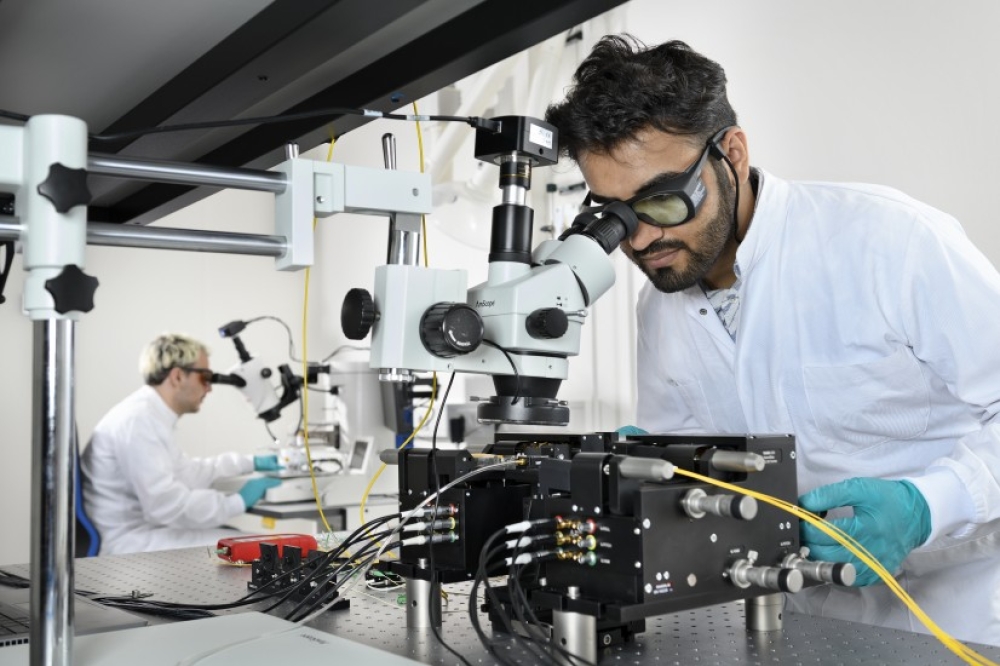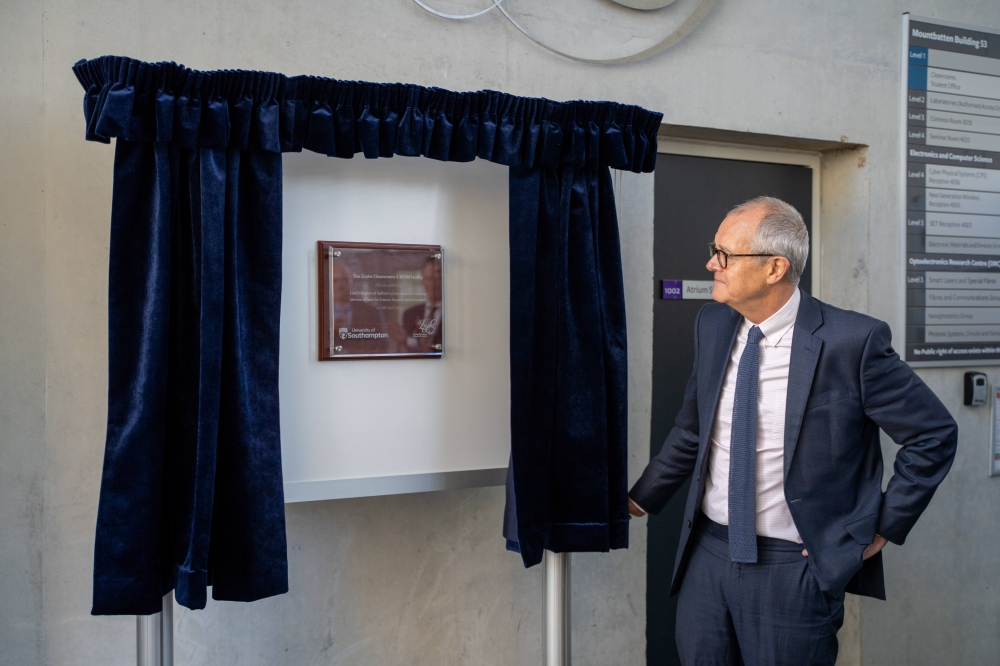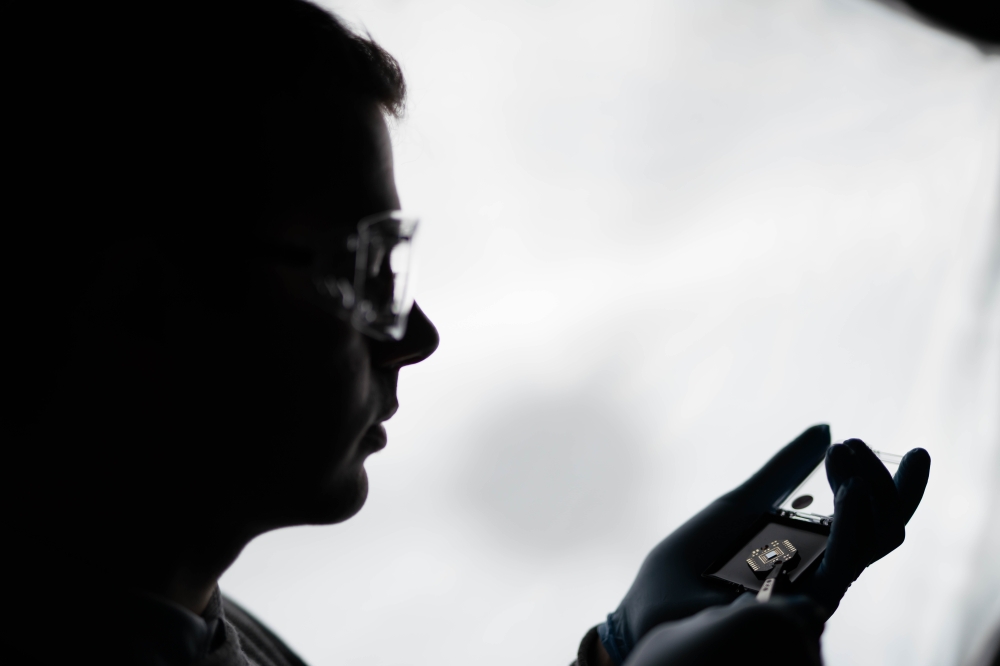Erbium-based light sources for quantum technology

A new Danish-German research collaboration has received funding to develop new quantum light sources, which could revolutionise quantum cryptography and quantum networks
Quantum technology promises to enable unbreakable encryption and entirely new types of computers to solve problems that today’s computers cannot handle. Even the biggest supercomputers cannot perform detailed calculations of some of the most complicated chemical reactions, for example.
In the ongoing race between different platforms for quantum technologies, one of the most promising is photonics, which stores quantum information in states of light in optical quantum networks. However, finding an ideal type of quantum light source remains a challenge. A new research and innovation project aims to change that.
A team of researchers from Danish and German institutes has received funding of DKK 40 million from Innovation Fund Denmark for a five-year project titled Erbium-based silicon quantum light sources (EQUAL). The technological vision is based on combining nanophotonic chips from the Technical University of Denmark (DTU) with unique technologies in materials, nanoelectromechanics, nanolithography, and quantum systems.
“It is a really difficult task, but we have also set a really strong team,” says Søren Stobbe, professor at DTU. “One of the toughest goals is to integrate quantum light sources with quantum memories. This seemed unrealistic just a few years ago, but now we see a path forward.”
There are many different types of quantum light sources today, but most of them face one of two major problems: either they do not work with quantum memories, or they are incompatible with optical fibres.
According to Stobbe, there is only one viable option: the element erbium. However, erbium interacts very weakly with light, so the interaction needs to be significantly enhanced. The team says this is now possible thanks to new nanophotonic technology developed at DTU.
The project requires not only advanced nanophotonics but also quantum technology, integrated photonics with extremely low power consumption, and new nanofabrication methods. These technologies also have the potential to be used in other, non-quantum applications. For example, the same photonic chips that the project will develop for quantum technologies are also of direct relevance for datacentres.
In the EQUAL project, the researchers plan to combine DTU’s expertise in nanophotonics with erbium technology from Helmholtz-Zentrum Dresden-Rossendorf, quantum networks knowhow from Humboldt University in Berlin, nanotechnology from Beamfox Technologies ApS, and integrated photonics from Lizard Photonics ApS.


































